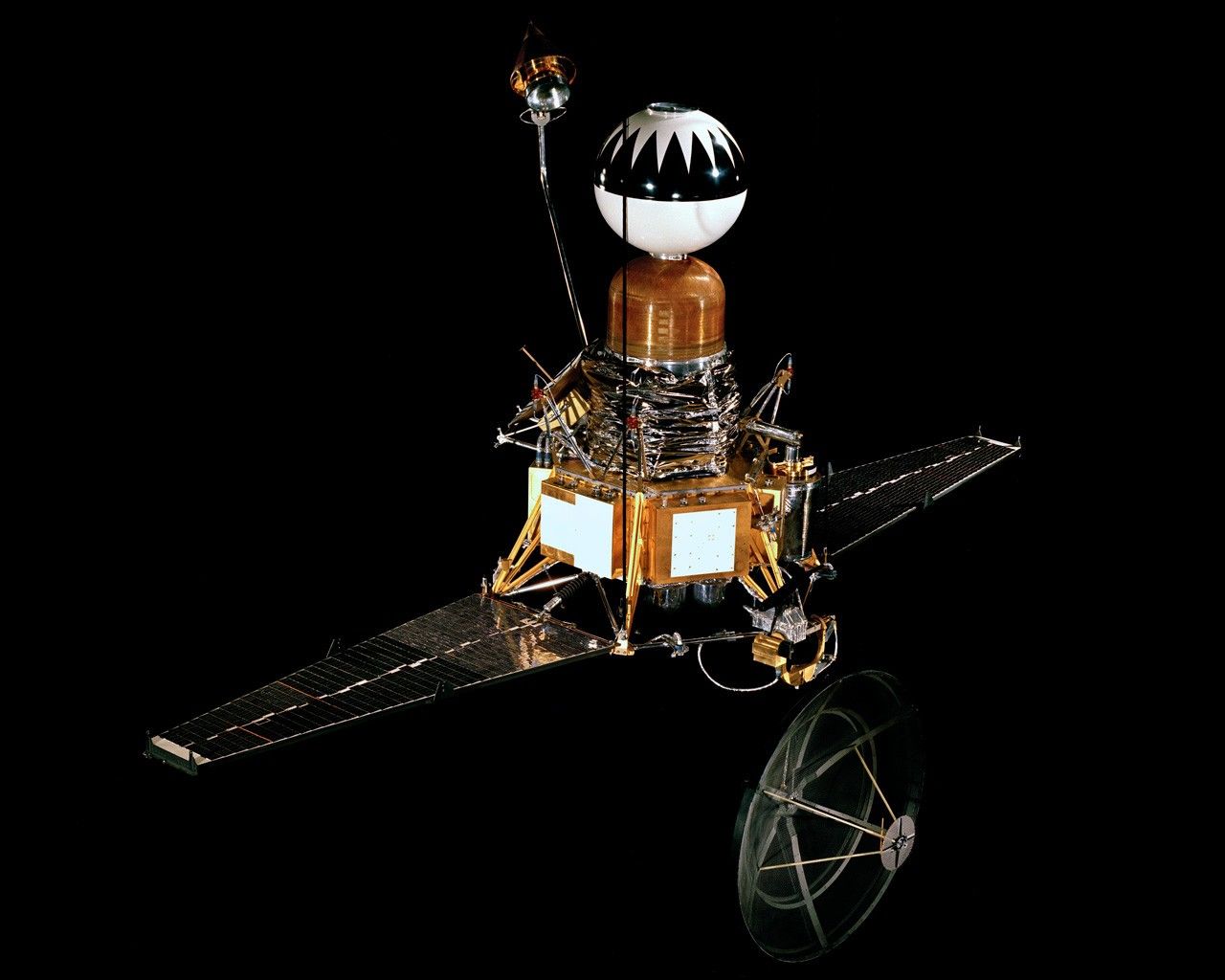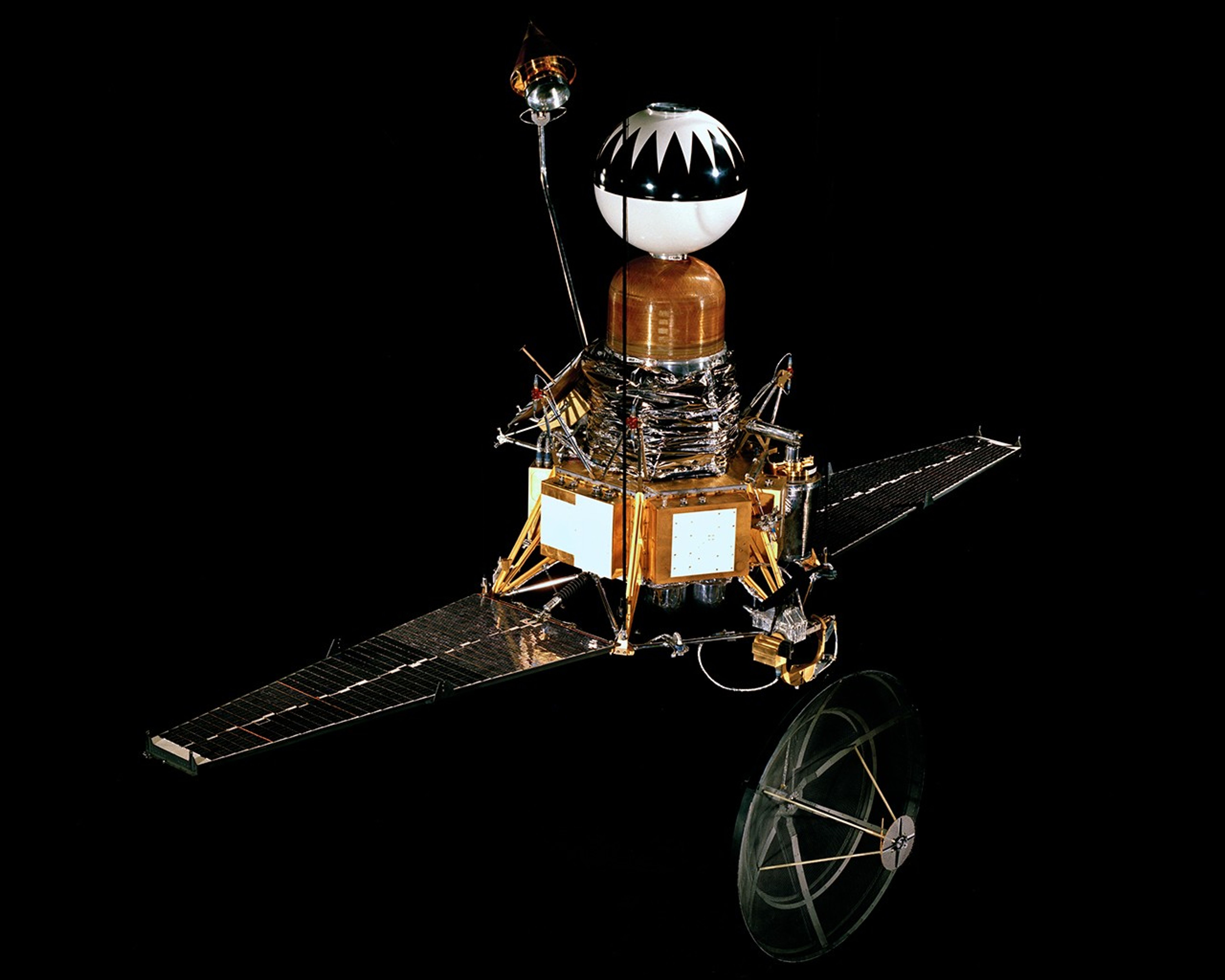Ranger Block II Design (Rangers 3, 4 and 5)
| Credit | Credit: NASA/JPL-Caltech |
|---|---|
| Language |
|
Photo of a scale model of a Ranger Block II spacecraft model. The design was used for Rangers 3, 4 and 5, three early NASA Moon missions of the 1960s.
Ranger was originally designed, beginning in 1959, in three distinct phases, called “blocks.” Each block had different mission objectives and progressively more advanced system design.
Block 2 of the Ranger project launched three spacecraft to the Moon in 1962, carrying a TV camera, a radiation detector, and a seismometer in a separate capsule slowed by a rocket motor and packaged to survive its low-speed impact on the Moon’s surface. The three missions together demonstrated good performance of the Atlas/Agena B launch vehicle and the adequacy of the spacecraft design, but unfortunately not all on the same attempt.
Ranger 3 was launched into deep space, but an inaccuracy put it off course and it missed the Moon entirely. Ranger 4 had a perfect launch, but the spacecraft was completely disabled. The project team tracked the seismometer capsule to impact just out of sight on the lunar far side, validating the communications and navigation system. Ranger 5 missed the Moon and was disabled. No significant science information was gleaned from these missions.





























